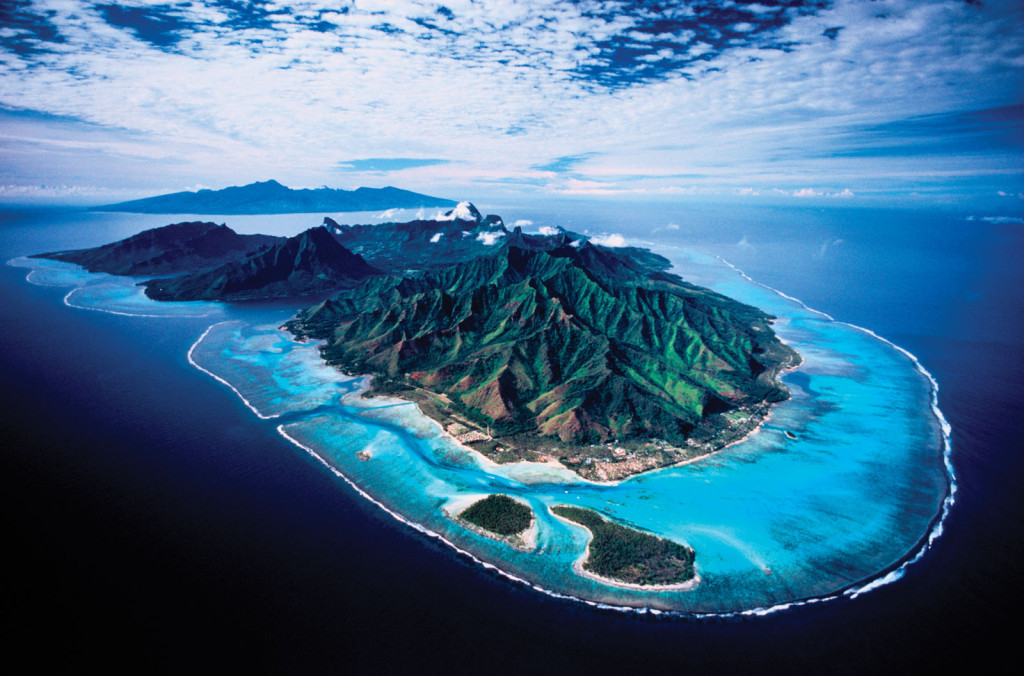
A few weeks ago, I had the opportunity to join my advisor on an exploratory research trip to Mo’orea, French Polynesia. Most people know Mo’orea for its exotic resorts, beautiful coral reefs, and perhaps have only seen a glimpse of it out the window of their cruise ship. What many don’t know is that the island is also part of some amazing long term research. Both the Mo’orea Coral Reef Long Term Ecological Research (MCR LTER) and the Centre de Recherches Insulaires et Observatoire de l’Environnement (CRIOBE) have been conducting research to better understand the coral reefs of Mo’orea, and how they have been able to recover from cyclones and urchin die-offs that occurred within the last decade. The MCR has been a part of the long-term research network for just over ten years, and has accomplished quite a lot in that time!

During my undergraduate degree, I was lucky enough to go out there on an internship through the research lab I was interning in. It was amazing to conduct research in such an amazing place—even though I had friends back home nearly defriending me on facebook because they couldn’t handle all the tropical photos I was posting. Though this recent trip wasn’t nearly long enough (a week compared to the three-month internship), we still got a decent amount of work done, and there’s potential for returning to do more experiments later (*fingers crossed*)!
The first few days were mainly spent exploring various sites around the island to see if there was anything interesting that we’d want to study further. This was a real treat to me, since I had not been around the entire island when I was there two years earlier. Once we had seen all the sites, we set out to start our experiment. Simply, we were interested in examining whether the main driver of the coral’s microbial community was coral morphology or the environment (Fringing reef vs. Backreef. Once many corals were sampled, we brought them back to the lab to extract the DNA. 10+ hours of extractions later, 50mL of water and coral tissue were reduced to 100µL of liquid to be sent to a colleague for sequencing.
To celebrate finishing all the extractions, we went to this site on the island where one of the island’s main tourist attractions, shark and ray feeding, occurs. Seeing blacktips and rays up close is a really awesome experience, so long as you can get there before the tourist boats pile in and anchor down. Though this trip was mostly exploratory, I am excited to see the results of the sequencing and see if there are any interesting patterns that could be explored further! After all, who wouldn’t want to do their research in the tropical paradise that is Mo’orea?


Resources:
Mo’orea Coral Reef Long Term Ecological Research
The video we were shown before going to Mo’orea as undergrads: So you think you want to be a marine biologist?



